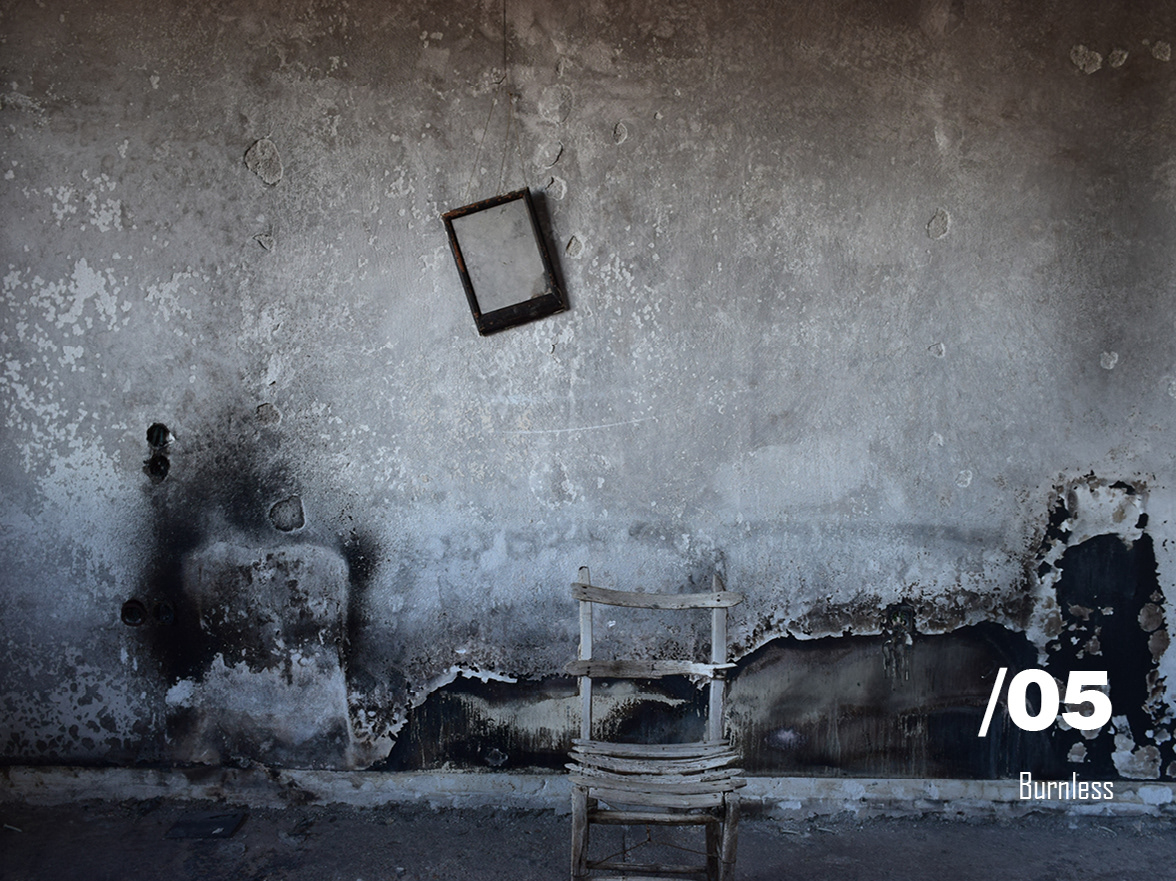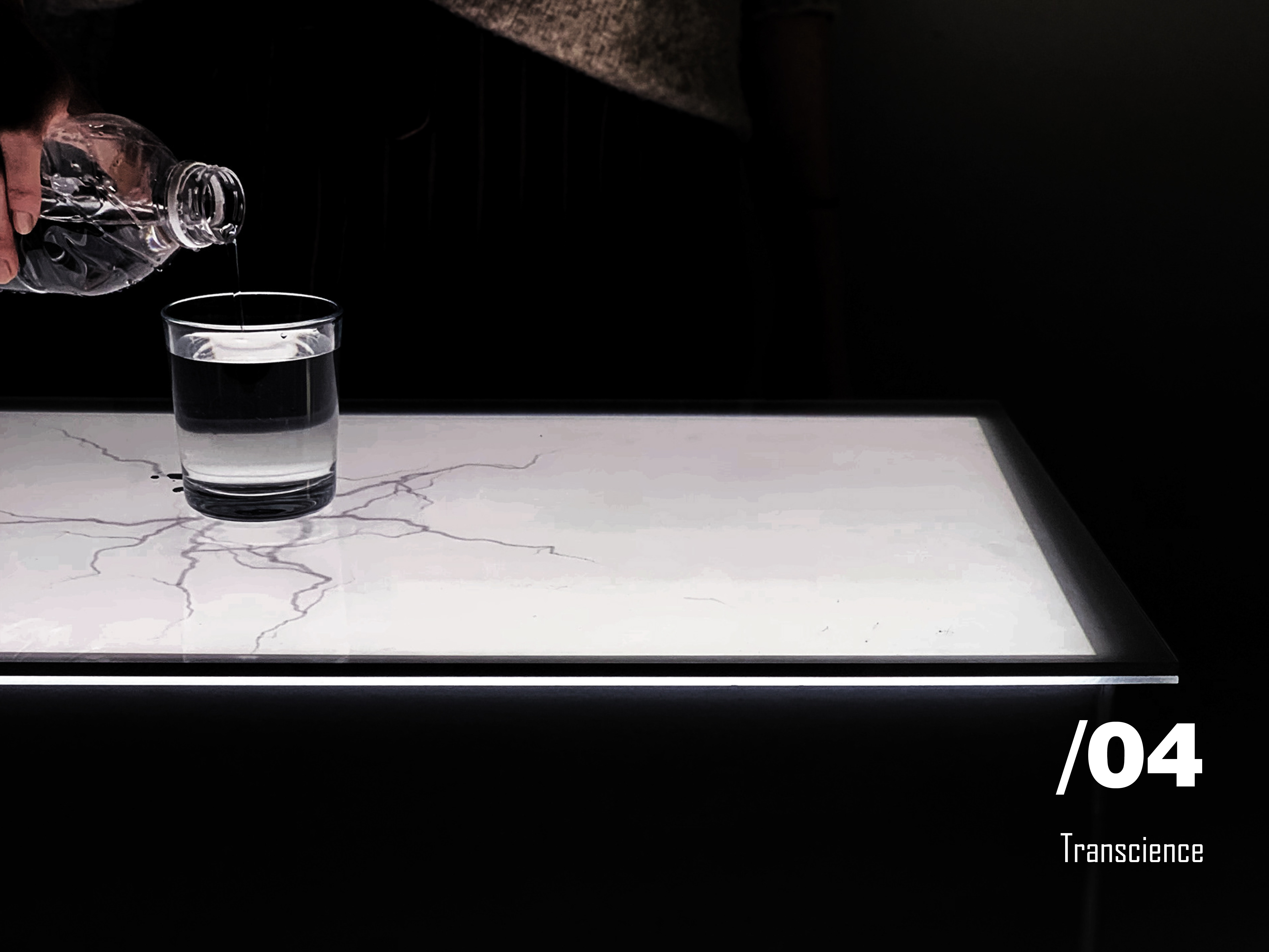How people can continue sharing experiences even when they are not physically together? How people can share the same experience from a distance?
Sharing experiences is an interactive experiment, focusing on how individuals - who are located in different places around the world -, can share their experience of lockdown, from a distance. The specific experiment was part of my dissertation at the Royal College of Art. Based on cultural probes - a creative data gather method- 5 participants were asked to complete a daily form for a week during the global lockdown. The participants were asked to choose a colour, an odour, a shape and an object that reflected each day of their week. The questions helped to gather individual sensory information, such as visual and scent, about the daily experience of each participant during the lockdown.
A specific creative process has been followed in order to achieve the design of the final outcome. Firstly, for each participant’s day a 2D graphic has been designed, based on the shapes, colors, odours and objects that were chosen that day. After completing all the graphics for each day, I observed them as a whole, something that helped me to understand the weekly experience of each participant.
Moving to the last stage of the design process, one main 3D object has been designed for each participant, reflecting his/her experience as a whole.That way I composed a collection of experiences in a 3D model, which I then transformed it into an AR form, aiming to share it with my participants, asking them to interact with it and get back their creative responses.
THE DESIGN PROCESS:
The experiment ‘travelled’ the world and gained a diverse character with the whole globe experiencing the same thing, from Athens, to London, Barcelona, Zauberberg and Rome!
Following my creative practice and approach, I firstly decided to transform the visuals to postcards, the purest medium of sharing moments from different places.
Adjusting to the new reality and aiming to find innovative ways of sharing experiences, I came up with an idea of designing the experience digitally, using 360° techniques by keeping a realistic, physical and playful aspect to the interaction.
The form of the experience has a playful, creative and interactive approach, aiming to provide a 360° experience for participants to interact and engage with the outcome, while also activating their imagination and curiosity. The interaction starts with the observation of the 5 cards that correspond to each participant. By looking at the cards they are being inviting to activate the AR application and explore the 3D models – that represents each participant’s experience- and creatively discover and match the card to the participant’s model. The creative transformation of written notes to 2D graphics and then 3D models, in combination with the fact that 5 weekly experiences have been collected and represented as objects, forms an interesting scene in which the reaction of the participants after interacting with the result, could give some interesting conclusions.
FROM 2D GRAPHICS TO 3D MODELS:
THE DISSERTATION:





